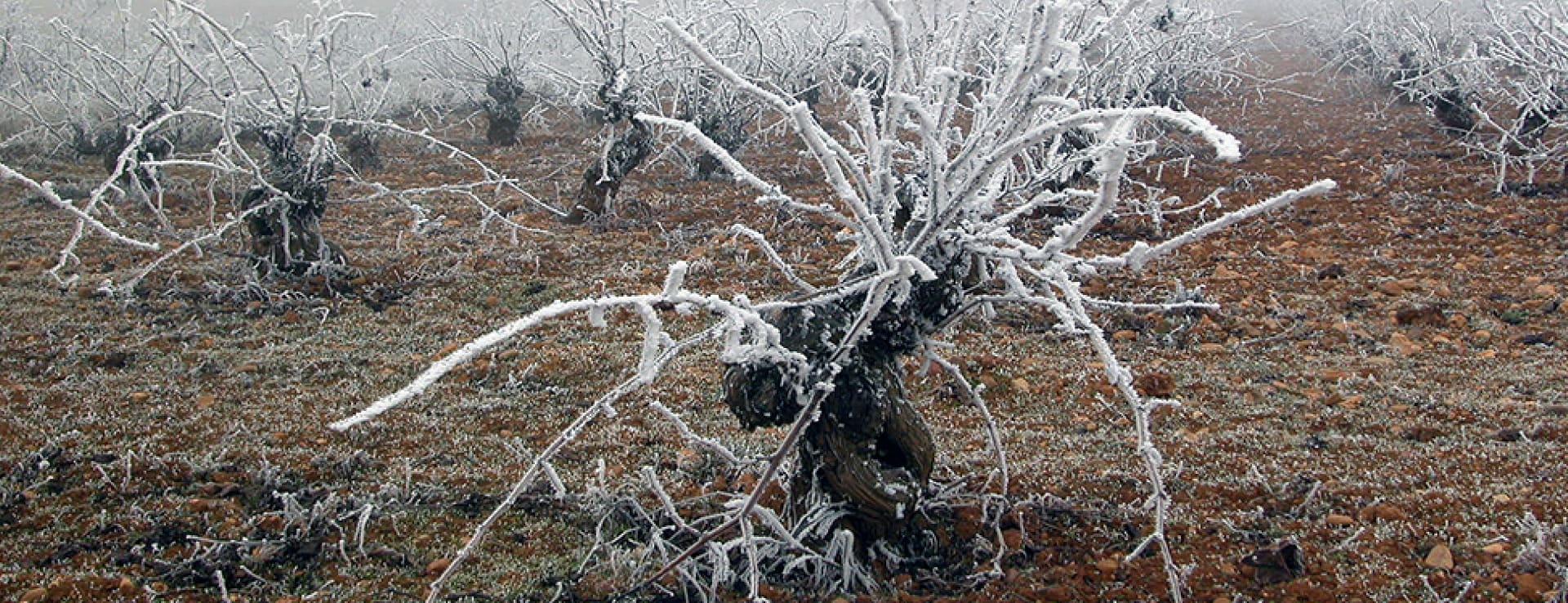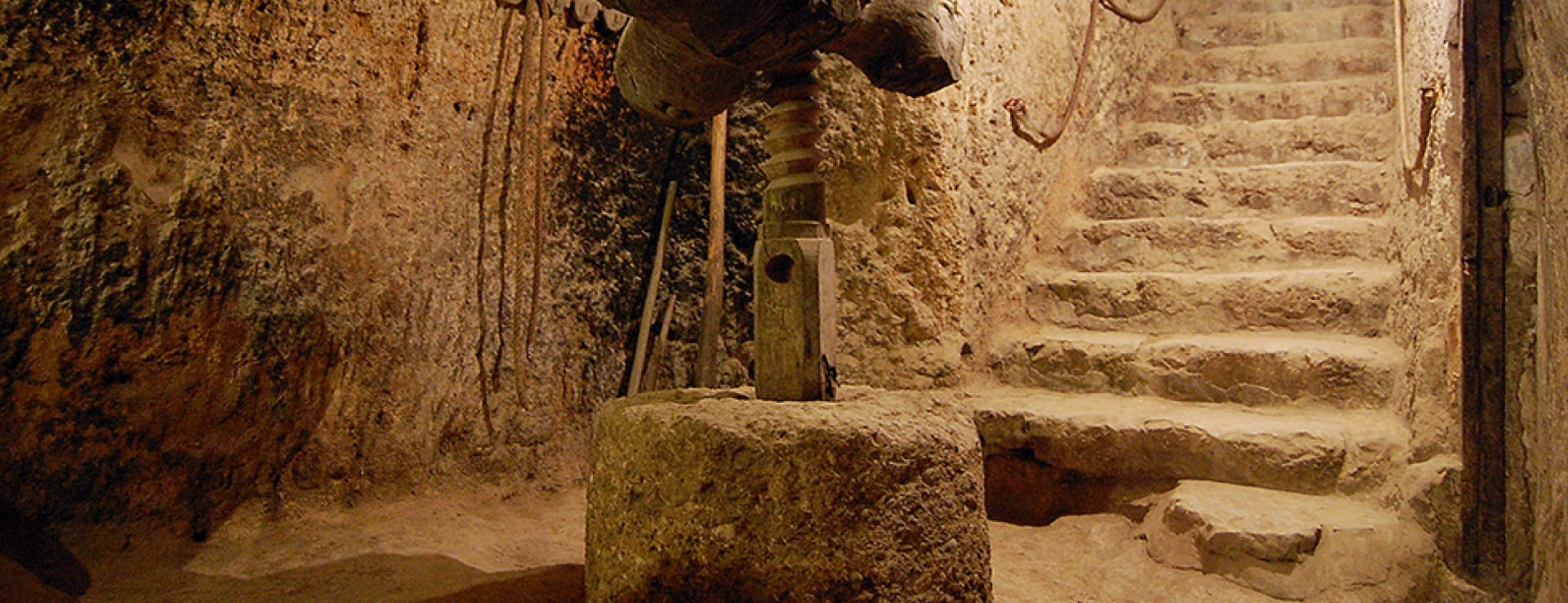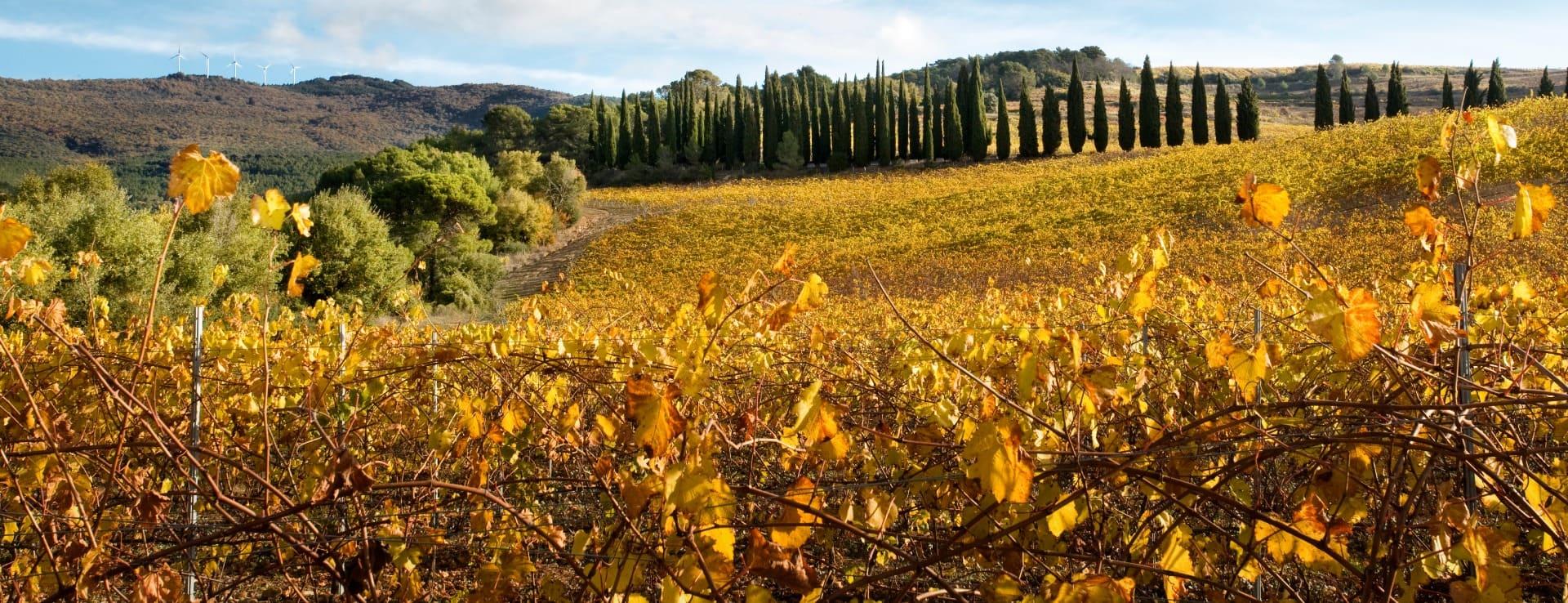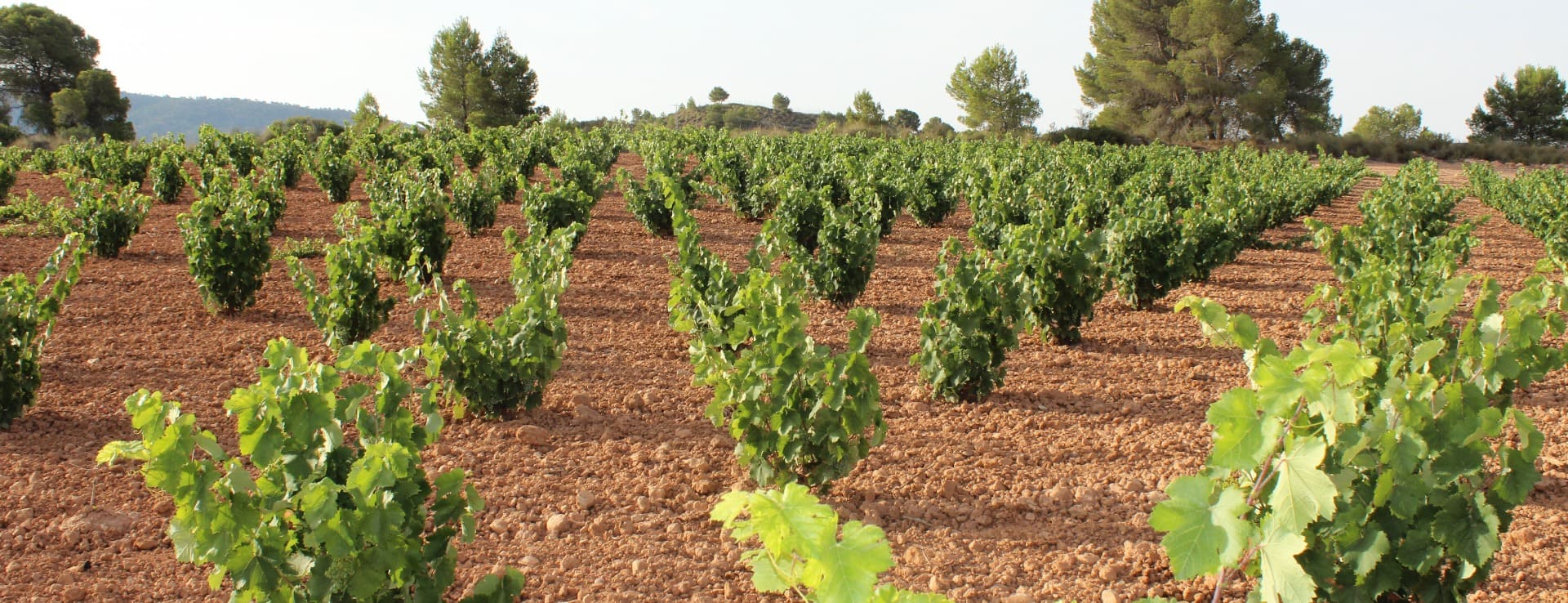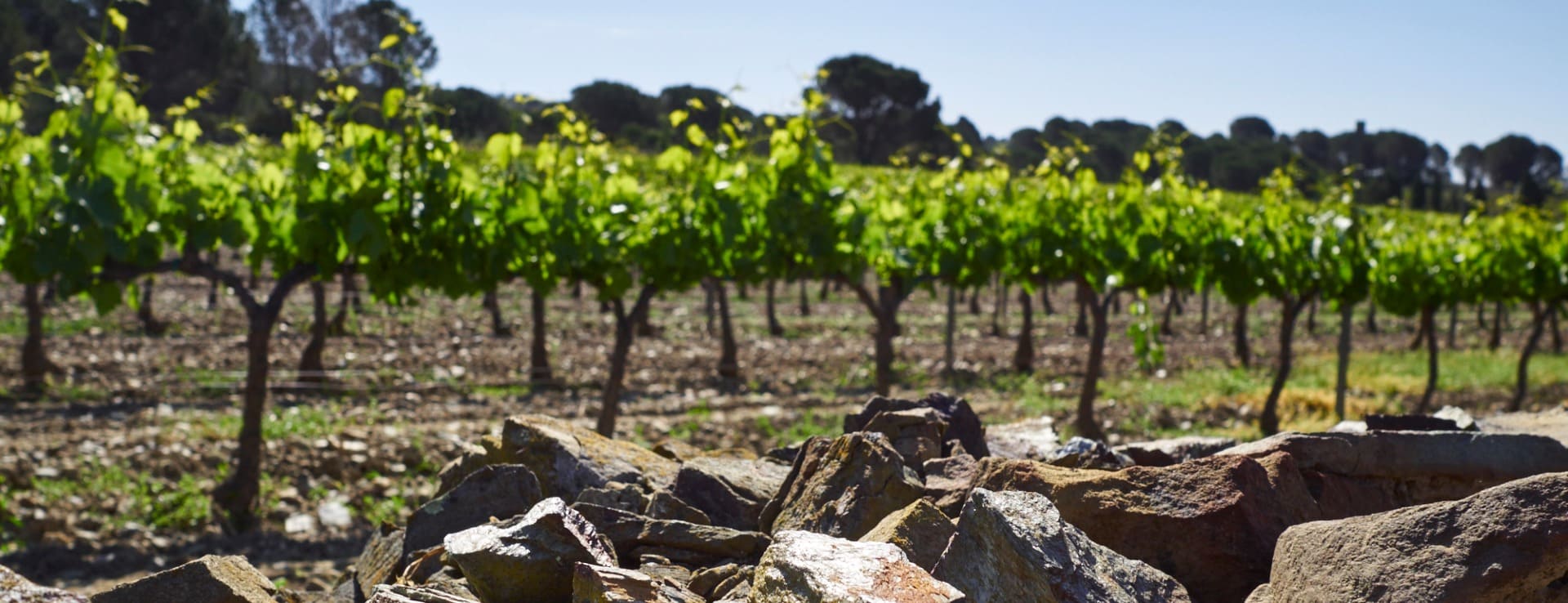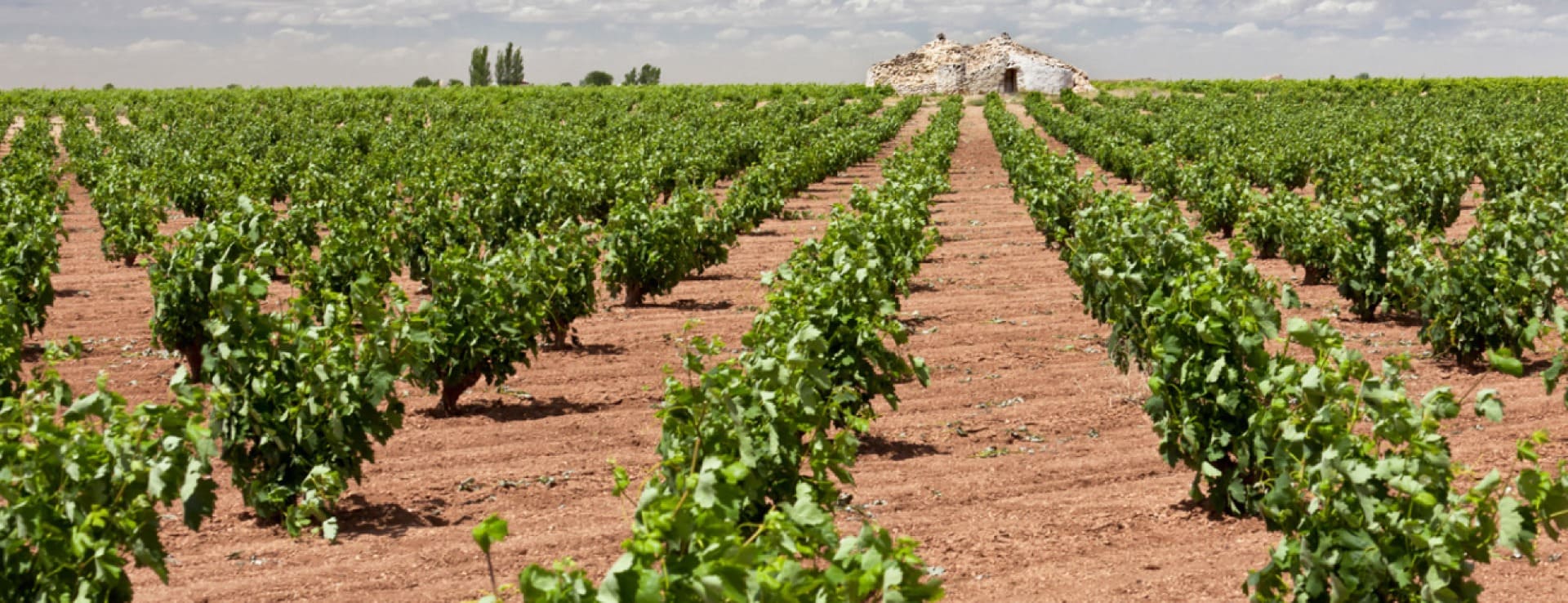Find your winery or vineyard
Infographic of the Denomination of Origin
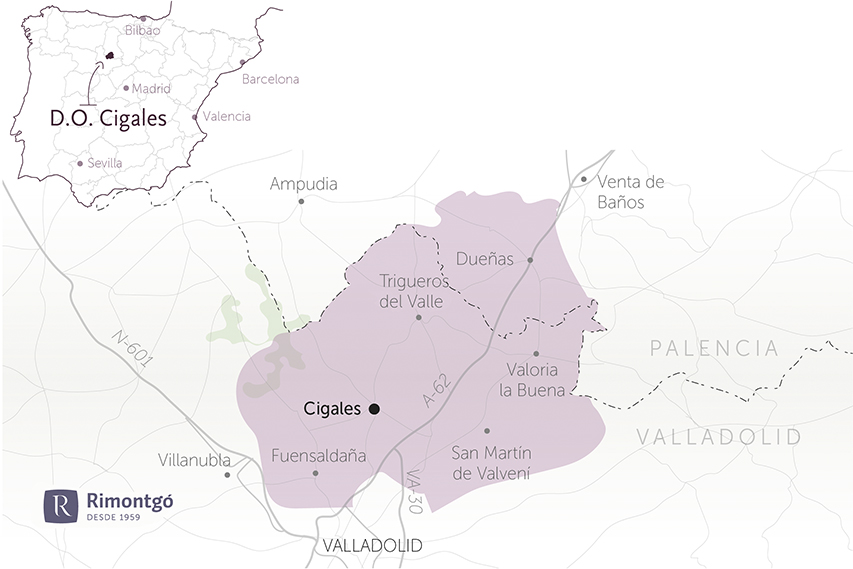
Change to imperial units (ft2, ac, °F)Change to international units (m2, h, °C)
D.O. year of foundation:
1991
Number of wineries (2017):
34
Total surface area:
2.000 ha4.942 ac
Maximum production allowed:
7.000 kg/ha6.245 lb/ac
Altitude of the vineyards:
Min: 700m
Max: 800m
Min: 2.297ft
Max: 2.625ft
Temperature:
Min: -6º
Max: 39º
Min: 21°F
Max: 102°F
Yearly hours of sun:
2.616
Yearly rainfall:
425 l/m239 l/ft2
DO Cigales
LOCATION AND HISTORY
This Designation of Origin is located in the north of Valladolid city and its vineyards extend to almost as far as the province of Palencia. They are surrounded by the Pisuerga river, which has eroded the smooth terraces where the vine cultivation is formed. Recognized as a Designation of Origin in 1991, it is an area of family production and very special wineries which in recent times began to attract a good number of foreign investments.
SOILS
The vineyards of Cigales are located at an altitude of around 700-800 meters, generally on flat land and the producers continue to apply the traditional system of ‘young vines’, arranged to help the grape harvest. The soil is light brown, composed of limestone sand on clay. It has a granular structure with few rocks and little organic material.
CLIMATE
The area has a continental climate, characteristic of the central plateau, with Atlantic influences and fluctuating temperatures. The temperatures often fall below freezing point in winter, while in summer the temperatures reach 40ºC. These contrasts favor the quality of the grape. Rainfall is quite low (425mm).
TYPE OF GRAPE
Although aromatic and rosé wines have always been produced in Cigales, its recognition as Designation of Origin brought on the production of red wines. The predominant grape is the Tempranillo, also known here as the Tinta del País, traditional of Valle del Duero. Garnacha and Garnacha Gris are also used. The white grapes are Albillo and Verdejo, which were used previously to give rosés their aroma. Some of the bigger wineries are experimenting with imported varieties: Cabernet Sauvignon, Merlot and Sauvignon Blanc.
Discover more wineries and vineyards for sale in these wine regions in Spain
Subscribe to our mailing list to receive news about wineries and vineyards.

